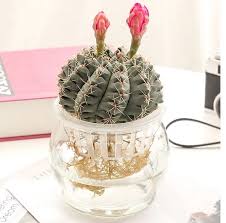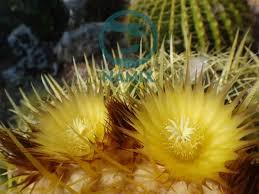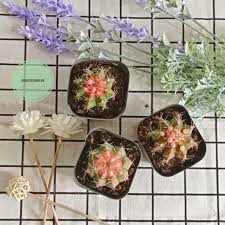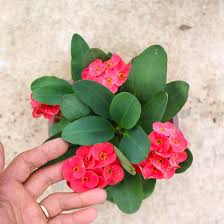Famous Buddhist Tea Houses in Guangzhou: A Gateway to Tranquility and Mindfulness
Guangzhou, the capital of Guangdong province in southern China, is not only known for its bustling city life and rich history but also for its spiritual and cultural heritage. Among the city’s diverse traditions, the practice of tea drinking in Buddhist temples and tea houses holds a special place. Tea drinking is an integral part









